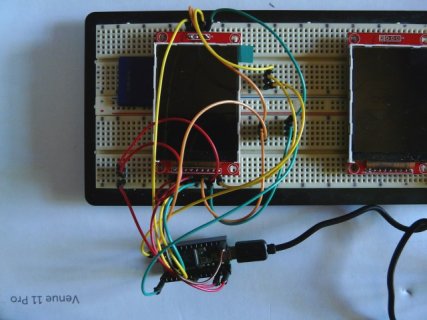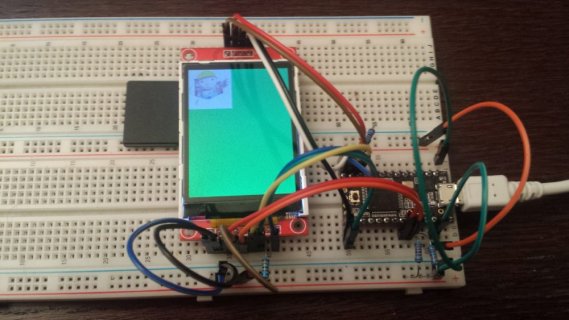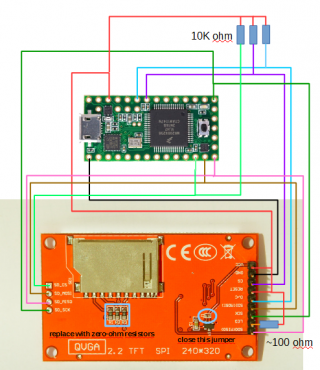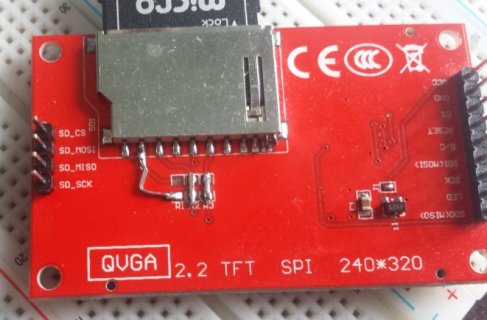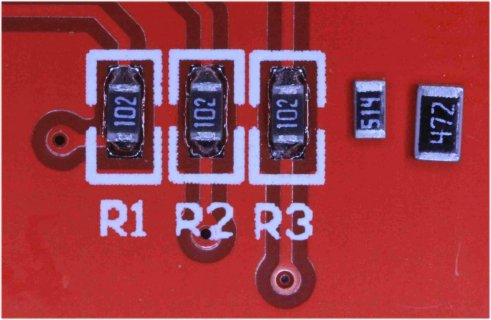Hi,
I'm trying to understand the ins and out of this board. I note that the web page that describes the board says that it is not recommended that the SD card reader be used. However, the page doesn't say why. So, I'm asking: why? The page also mentions that the board uses 3.3v and should not be used with an Uno. Even the 3.3v pin on the Uno? Is there a way to reduce the Uno's 5v to 3.3v for this board?
I'm trying to understand the ins and out of this board. I note that the web page that describes the board says that it is not recommended that the SD card reader be used. However, the page doesn't say why. So, I'm asking: why? The page also mentions that the board uses 3.3v and should not be used with an Uno. Even the 3.3v pin on the Uno? Is there a way to reduce the Uno's 5v to 3.3v for this board?


